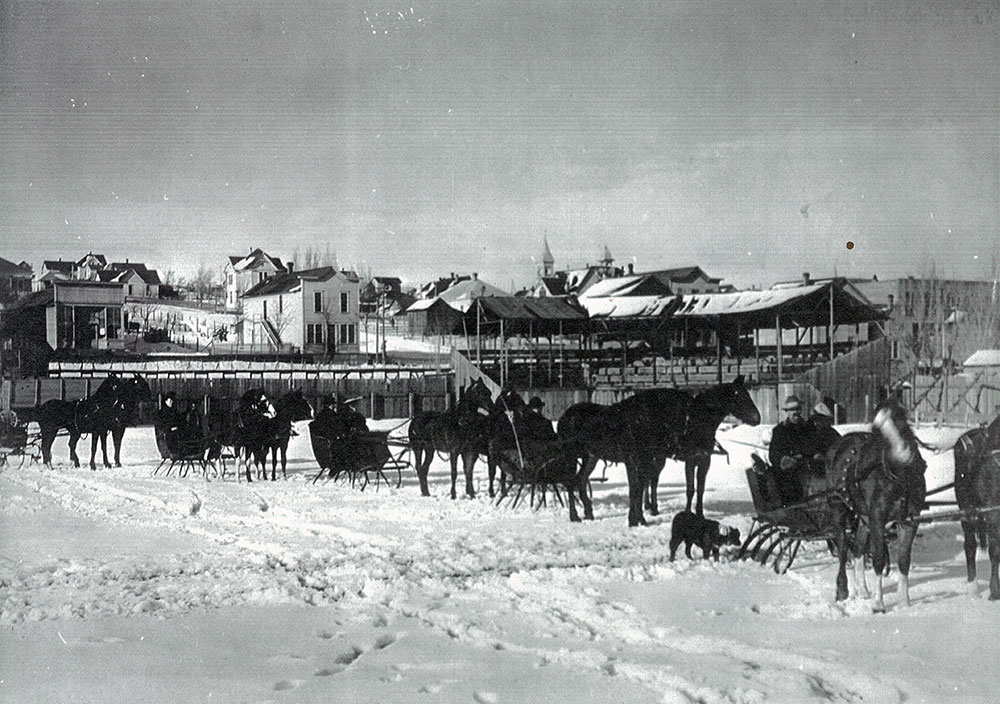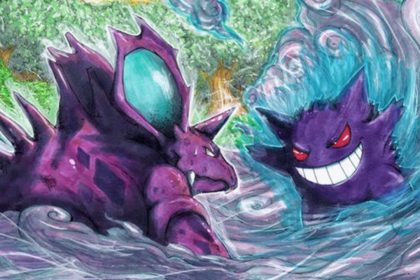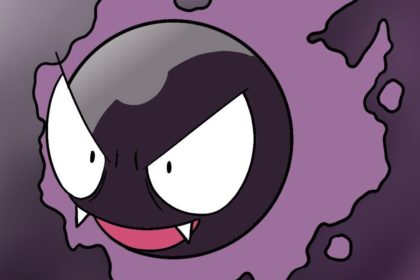Moro is a city in Sherman County, Oregon, United States. Take a look below for 10 awesome and fun facts about Moro, Oregon, United States.
1. The population was 324 at the 2010 census.
2. It is the county seat of Sherman County (the smallest county seat in Oregon).
3. Moro was incorporated on February 17, 1899, by the Oregon Legislative Assembly.
4. It was named for Moro, Illinois.
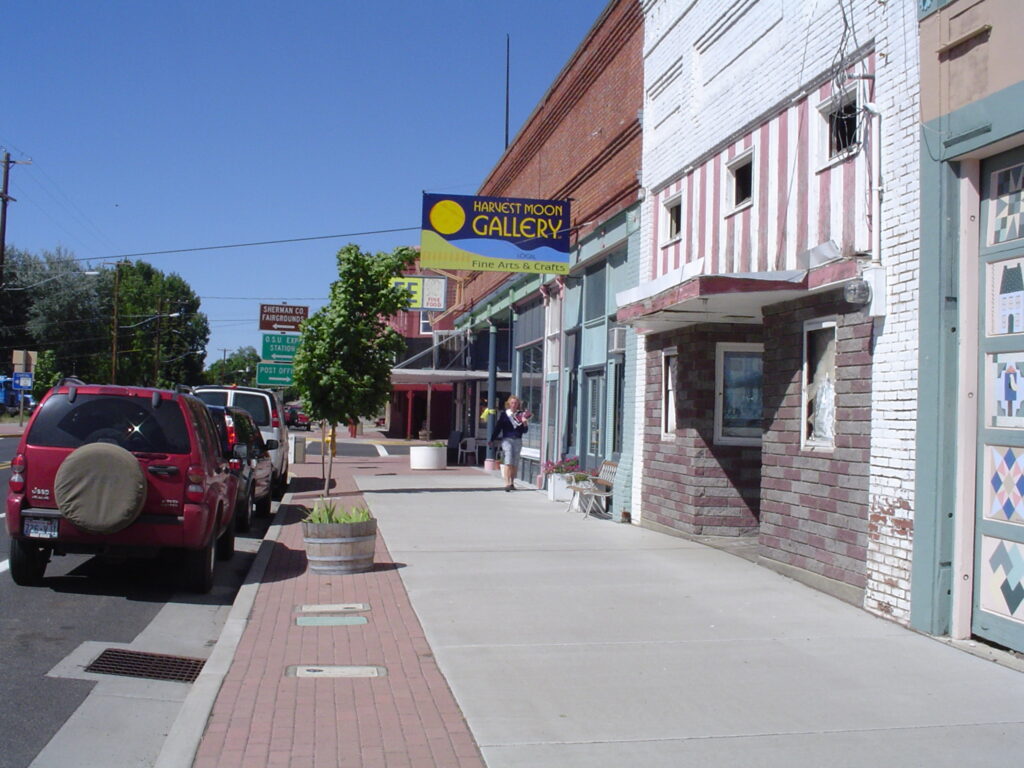
5. According to the United States Census Bureau, the city has a total area of 0.49 square miles (1.27 km2), all of it land.
6. Moro has a Mediterranean climate (Köppen Csb) with hot, dry summers with cool mornings, and chilly, wetter winters. During the summer, afternoons are very warm to hot and generally very clear: the median rainfall is only 0.11 inches or 2.8 millimetres in August and 0.13 inches or 3.3 millimetres in July, and more than one-fifth of months in this period have no more than a trace of rain.
7. Between June 15 and September 18 of 1932 there were ninety-six days without even a trace of rainfall. Temperatures will reach 90 °F or 32.2 °C on an average of twenty afternoons, though 100 °F or 37.8 °C can be expected only twice each year.
8. The hottest temperature on record has been 111 °F (43.9 °C) on July 27 of 1939. Summer mornings are comfortable: as early as August 29, 1980 temperatures of 31 °F (−0.6 °C) were reported. Winters are cold if not usually severe: maxima top freezing on all but twenty afternoons and only two mornings each winter will fall to or below 0 °F or −17.8 °C, with the coldest temperature being −22 °F (−30 °C) on January 26 and 27 of 1957, and the coldest maximum temperature −7 °F (−21.7 °C) on December 31, 1968.
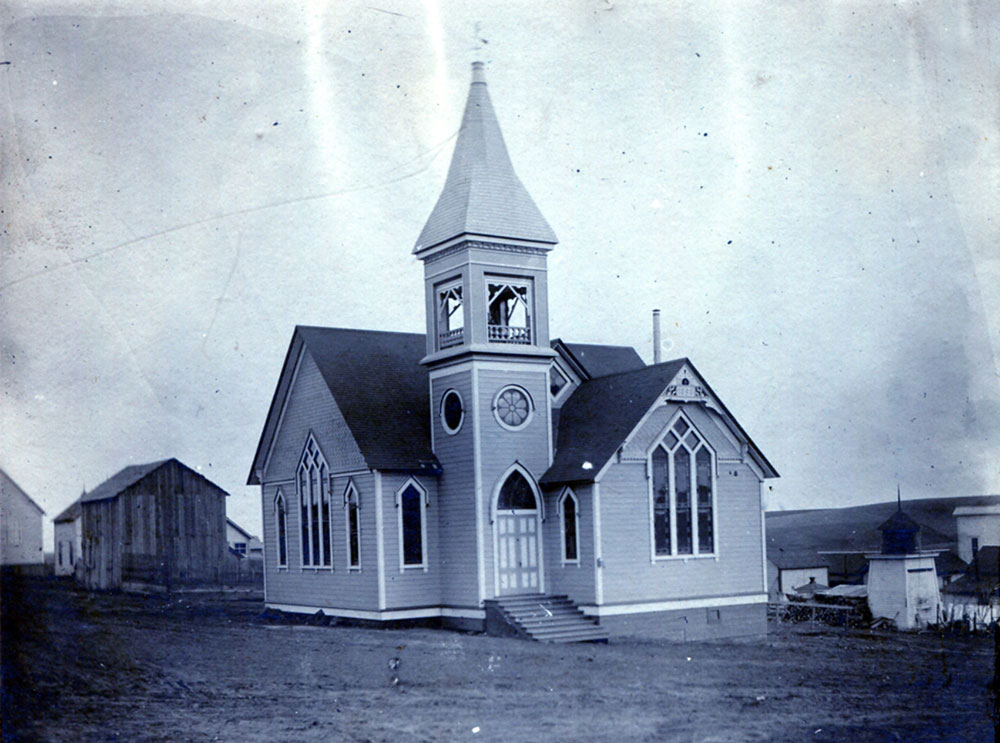
9. By the middle of spring afternoon temperatures are typically extremely pleasant at around 60 °F or 16 °C, but mornings remain chilly well into spring and the last freeze can be expected around May 7.
10. Precipitation is very low due to the rain shadow of the Cascades and the valley location, being around 4 inches or 100 millimetres lower than even the driest areas in the Olympic rain shadow like Sequim.

